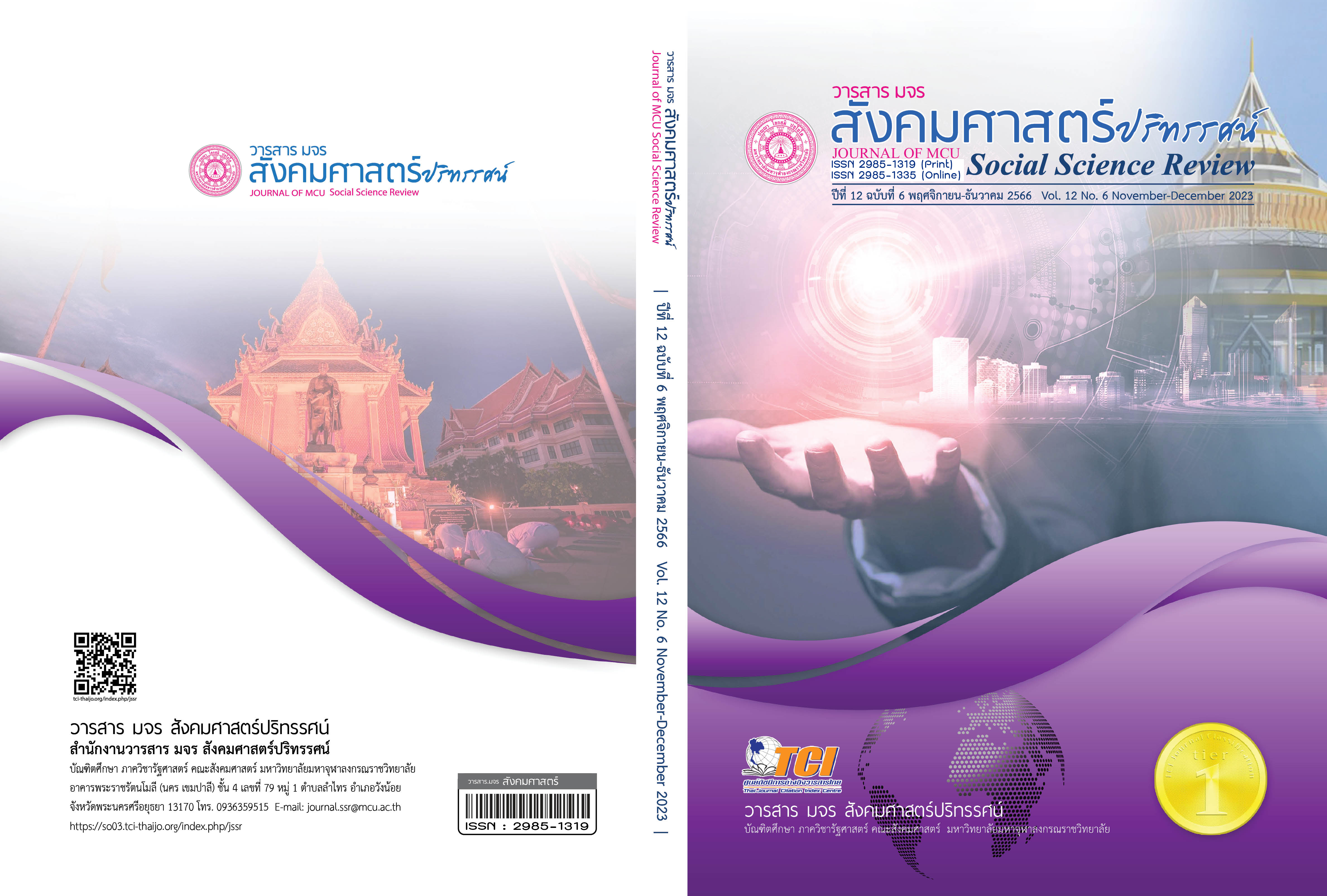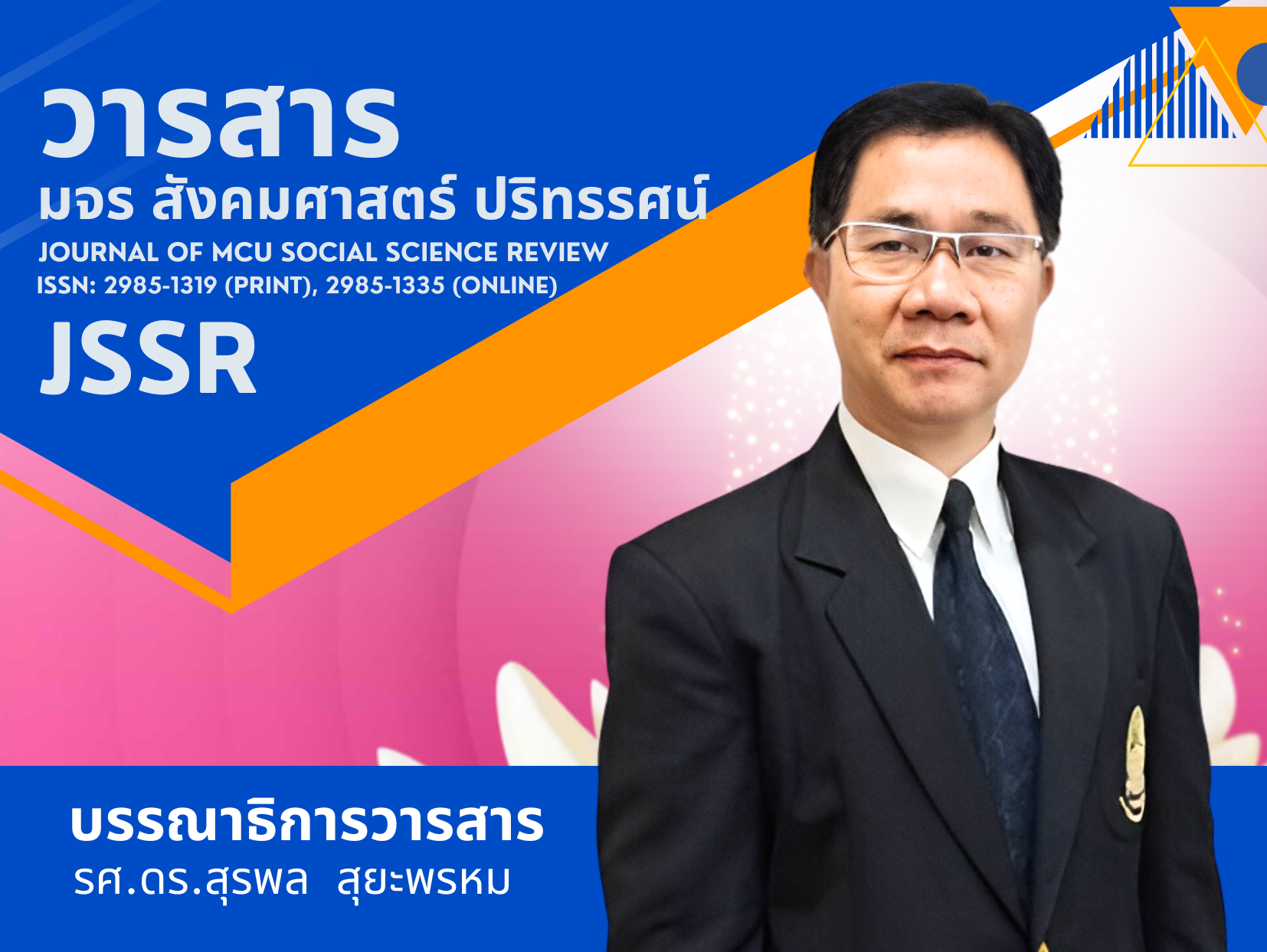CRITICAL THINKING INSTRUCTIONAL METHODS FOR HIGHER EDUCATION CLASSES
Keywords:
Teaching Methods, Critical Thinking, Higher Education ClassAbstract
Critical thinking may be taught with appropriate instructional methods and
practices. Lecturers and instructors may help develop student critical thinking at higher education classes by 1) creating student-centered active learning rather than lecture or memorization-based learning classes; 2) focusing on student learning processes rather than solely on course content; and 3) using assessment strategies and testing that intellectually challenge students instead of objectively scored assessment and testing. Impediments hindering critical thinking in higher education classes include bias of lecturer and learner, focusing on teaching content rather than teaching to think, lack of instructional skills for critical thinking and insufficient resources for critical thinking. Lecturers may promote student critical thinking at higher education classes with instructional methods showing critical thinking processes, collaborative learning methods and real-life problem-solving, teaching by questioning, and peer coaching and assessment. Instructors enhancing student critical thinking at higher education classes should see students as users, not just receivers, of knowledge.
References
กระทรวงการอุดมศึกษา วิทยาศาสตร์ วิจัยและนวัตกรรม. (2562). ยุทธศาสตร์การพัฒนานิสิต นักศึกษาในสถาบันอุดมศึกษา (พ.ศ.2560 - 2564). สืบค้น 12 มกราคม 2566, จาก shorturl.at/iEJOX
ทิศนา แขมมณี. (2557). ปลุกโลกการสอนให้มีชีวิตสู่ห้องเรียนแห่งศตวรรษใหม่. สืบค้น 12 มกราคม 2566, จาก https://bit.ly/3INmcus
ธเนศ รัตนกุล. (2560). ในสังคมอุดมความเชื่อ เมื่อไหร่ถึงควรสอนให้เด็ก Critical Thinking เป็น. สืบค้น 12 มกราคม 2566, จาก http://bit.ly/3W9a4qB
สิทธิพล วิบูลย์ธนากุล. (2563). ในวันที่เด็กไทยขาด Critical Thinking. สืบค้น 12 มกราคม 2566, จาก https://www.bangkokbiznews.com/lifestyle/866840
Abrami, P. C., et al. (2008). Instructional interventions affecting critical thinking skills and dispositions: A stage 1 meta-analysis. Review of Educational Research, 78(4), 1102–1134.
Abrami, P. C., et al. (2015). Strategies for teaching students to think critically: A meta-analysis. Review of Educational Research, 85(2), 275–314.
Astleitner, H. (2002). Teaching critical thinking online. Journal of Instructional Psychology, 29(2), 53–77.
Barton, K., & McCully, A. (2007). Teaching controversial issues where controversial issues really matter. Teaching History, (127), 13–19.
Broadbear, J. T. (2003). Essential elements of lessons designed to promote critical thinking. Journal of Scholarship of Teaching and Learning, 3(3), 1–8.
Brodie, P., & Irving, K. (2007). Assessment in work-based learning: Investigating a pedagogical approach to enhance student learning. Assessment & Evaluation in Higher Education, 32(1), 11–19.
Brown, M. N., & Kelley, S. M. (1986). Asking the right questions: A guide to critical thinking (7th Edition). Englewood Cliffs, NJ: Prentice Hall.
Celuch, K., & Slama, M. (1999). Teaching critical thinking skills for the 21st century: An advertising principles case study. Journal of Education for Business, 74(3), 134-143.
Cotter, E. M., & Tally, C. S. (2009). Do critical thinking exercises improve critical thinking skills?. Educational Research Quarterly, 33(2), 3-15.
Davis, L., et al. (2003). Business students’ perceptions of necessary skills. Business Education Forum, 57(4), 18–21.
Daz-Iefebvre, R. (2004). Multiple intelligences, learning for understanding, and creative assessment: Some pieces to the puzzle of learning. Teachers College Record, 106(1), 49–57.
Duplass, J. A., & Ziedler, D. L. (2002). Critical thinking and logical argument. Social Education, 66(5), 10–14.
Dwyer, C. P., et al. (2014). An integrated critical thinking framework for the 21st century. Thinking skills and Creativity, 12, 43-52.
Ennis, R. H. (1989). Critical thinking and subject specificity: Clarification and needed research. Educational Researcher, 18, 4–10.
Ennis, R. H. (1993). Critical thinking assessment. Theory Into Practice, 32(3), 179–186.
Errington, A., & Bubna-Litic, D. (2015). Management by textbook: The role of textbooks in developing critical thinking. Journal of Management Education, 39(6), 774-800.
Facione, P. A. (1990). Critical thinking: A statement of expert consensus for purposes of educational assessment and instruction. Newark, DE: American Philosophical Association.
Facione, P. A., & Facione, N. C. (2001). Analyzing explanations for seemingly irrational choices: Linking argument analysis and cognitive science. International Journal of Applied Philosophy, 15(2), 267–286.
Gambrill, E. (2006). Evidence-based practice and policy: Choices ahead. Research on Social Work Practice, 16(3), 338–357.
Haynes, T., & Bailey, G. (2003). Are you and your basic business students asking the right questions?. Business Education Forum, 57(3), 33–37.
Hemming, H. E. (2000). Encouraging critical thinking: But…what does that mean? Journal of Education, 35(2), 173.
Holmes, J., & Clizbe, E. (1997). Facing the 21st century. Business Education Forum, 52(1), 33–35.
Hou, H., et al. (2007). An analysis of peer assessment online discussions within a course that uses project-based learning. Interactive Learning Environments, 15(3), 237–251.
Kang, N., & Howren, C. (2004). Teaching for conceptual understanding. Science and Children, 42(1), 28–32.
Kotsiou, A., et al. (2022). A scoping review of Future Skills frameworks. Irish Educational Studies, 41(1), 171-186.
Ladyshewsky, R. K. (2006). Peer coaching: A constructivist methodology for enhancing critical thinking in postgraduate business education. Higher Education Research and Development, 25(1), 67–84.
Lai, E. (2011). Critical thinking: A literature review. Retrieved January 12, 2023, from bit.ly/3QBrYku
Landsman, J., & Gorski, P. (2007). Countering standardization. Educational Leadership, 64(8), 40–41.
Leh, S. K. (2007). Preconceptions: A concept analysis for nursing. Nursing Forum, 42(3), 109-122.
Lundquist, R. (1999). Critical thinking and the art of making good mistakes. Teaching in Higher Education, 4(4), 523–530.
MacKnight, C. B. (2000). Teaching critical thinking through online discussions. Educause Quarterly, 23(4), 38–41.
McPeck, J. E. (1981). Critical thinking and education. London, UK: Routledge.
Pithers, R. T., & Soden, R. (2000). Critical thinking in education: A review. Educational Research, 42(3), 237–249.
Rippin, A., et al (2002). A complex case: Using the case study method to explore uncertainty and ambiguity in undergraduate business education. Teaching in Higher Education, 7(4), 429-441.
Sandholtz, J. H., et al. (2004). Standards gaps: Unintended consequences of local standards-based reform. Teachers College Record, 106(6), 1177–1202.
Schafersman, S. D. (1991). An introduction to critical thinking. Retrieved January 12, 2023, from bit.ly/3kflaNf
Scriven, M., & Paul, R. (2007). Defining critical thinking. Retrieved January 12, 2023, from http://bit.ly/3CKsyaa
Sheldon, K. M., & Biddle, B. J. (1998). Standards, accountability, and school reform: Perils and pitfalls. Teachers College Record, 100(1), 164–180.
Siegel, H. (1991). The generalizability of critical thinking. Educational philosophy and Theory, 23(1), 18-30.
Tempelaar, D. T. (2006). The role of metacognition in business education. Industry and Higher Education, 20(5), 291–297.
Wong, D. (2007). Beyond control and rationality: Dewey, aesthetics, motivation, and educative experiences. Teachers College Record, 109(1), 192–220.
World Economic Forum. (2018). The Future of Jobs Report 2018. Retrieved January 12, 2023, from www.weforum.org/docs/WEF_Future_of_Jobs_2018.pdf
Downloads
Published
How to Cite
Issue
Section
License
Copyright (c) 2023 Journal of MCU Social Science Review

This work is licensed under a Creative Commons Attribution-NonCommercial-NoDerivatives 4.0 International License.
In order to conform the copyright law, all article authors must sign the consignment agreement to transfer the copyright to the Journal including the finally revised original articles. Besides, the article authors must declare that the articles will be printed in only the Journal of MCU Journal of Social Sciences. If there are pictures, tables or contents that were printed before, the article authors must receive permission from the authors in writing and show the evidence to the editor before the article is printed. If it does not conform to the set criteria, the editor will remove the article from the Journal without any exceptions.




